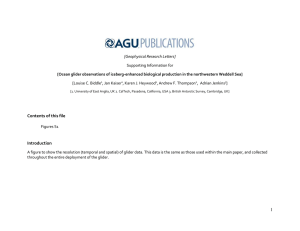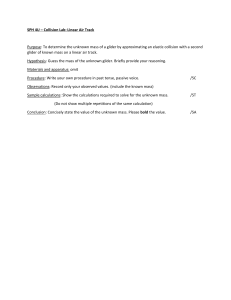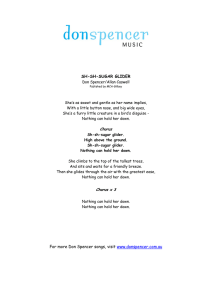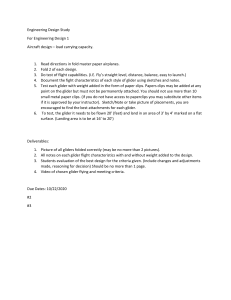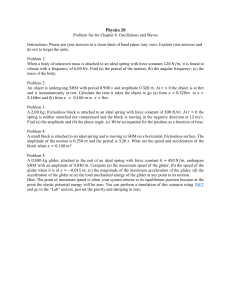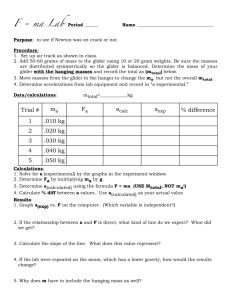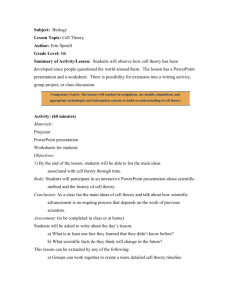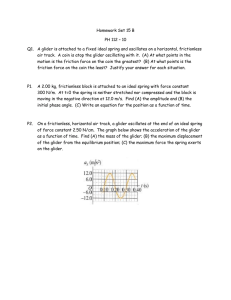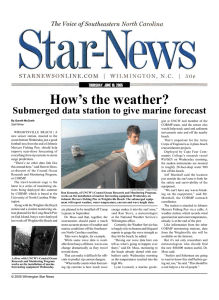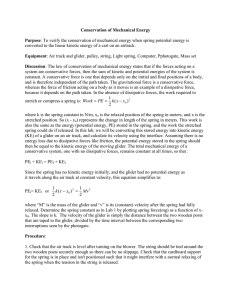Beneath the waves saturday, october 29, 2005
advertisement
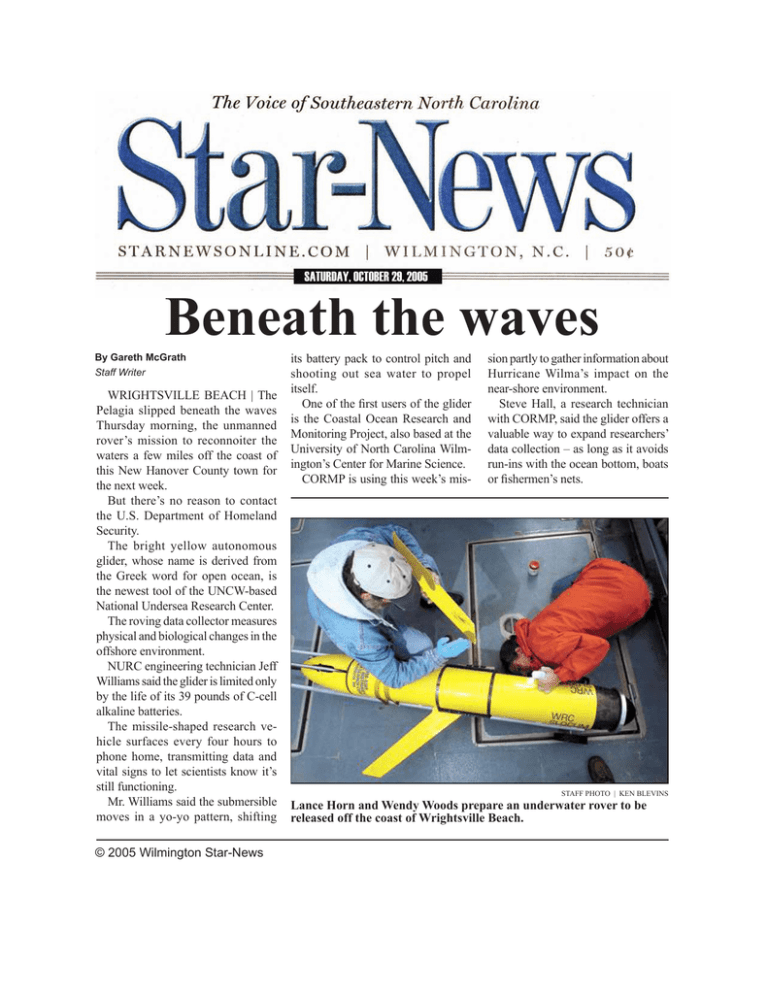
saturday, october 29, 2005 Beneath the waves By Gareth McGrath Staff Writer WRIGHTSVILLE BEACH | The Pelagia slipped beneath the waves Thursday morning, the unmanned rover’s mission to reconnoiter the waters a few miles off the coast of this New Hanover County town for the next week. But there’s no reason to contact the U.S. Department of Homeland Security. The bright yellow autonomous glider, whose name is derived from the Greek word for open ocean, is the newest tool of the UNCW-based National Undersea Research Center. The roving data collector measures physical and biological changes in the offshore environment. NURC engineering technician Jeff Williams said the glider is limited only by the life of its 39 pounds of C-cell alkaline batteries. The missile-shaped research vehicle surfaces every four hours to phone home, transmitting data and vital signs to let scientists know it’s still functioning. Mr. Williams said the submersible moves in a yo-yo pattern, shifting © 2005 Wilmington Star-News its battery pack to control pitch and shooting out sea water to propel itself. One of the first users of the glider is the Coastal Ocean Research and Monitoring Project, also based at the University of North Carolina Wilmington’s Center for Marine Science. CORMP is using this week’s mis- sion partly to gather information about Hurricane Wilma’s impact on the near-shore environment. Steve Hall, a research technician with CORMP, said the glider offers a valuable way to expand researchers’ data collection – as long as it avoids run-ins with the ocean bottom, boats or fishermen’s nets. STAFF PHOTO | KEN BLEVINS Lance Horn and Wendy Woods prepare an underwater rover to be released off the coast of Wrightsville Beach.
